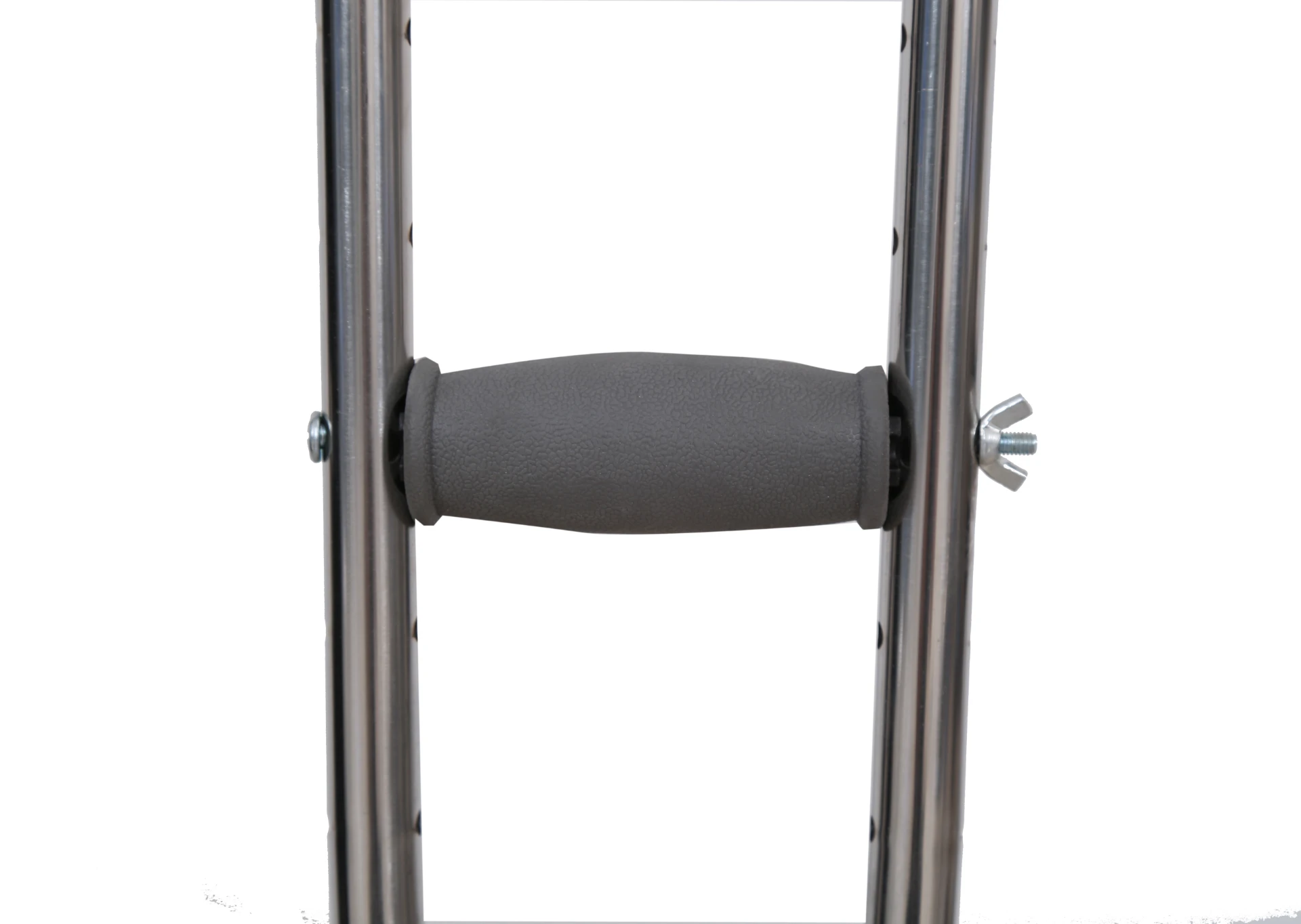Welcome to our websites!
Innovative Hospital Bed Design for Enhanced Patient Care and Comfort
The Importance of Multifunctional Hospital Beds in Modern Healthcare
In today's rapidly evolving healthcare landscape, the emphasis is placed not only on the treatments and medications used to cure patients but also on the environments in which they are cared for. One of the most critical components of hospital infrastructure is the hospital bed. Multifunctional hospital beds, designed with various capabilities, play a pivotal role in enhancing patient care, improving hospital efficiency, and ensuring the comfort of both patients and healthcare providers.
Enhanced Patient Comfort and Safety
Multifunctional hospital beds are engineered to adjust to multiple positions, allowing for various postures that optimize patient comfort. From raising the head or legs to sitting the patient upright, these adjustments can alleviate pain, prevent pressure ulcers, and improve overall patient well-being. For instance, patients recovering from surgeries or with chronic illnesses often find it easier to breathe or digest food when positioned correctly, making adjustable beds essential.
Moreover, safety features such as side rails, anti-collision technology, and emergency stop buttons ensure that patients, especially those who are elderly or mobility-impaired, can remain safe while adjusting their position. These beds might also include sensors that can detect when a patient is attempting to get out of bed, alerting healthcare staff if immediate assistance is needed.
Supporting Healthcare Providers
Multifunctional hospital beds are designed with the needs of healthcare providers in mind as well. The ease of adjusting the height and position of the bed minimizes physical strain on nurses and aides. This ergonomic design helps to reduce workplace injuries and enhances the efficiency of care by allowing staff to attend to patients without having to bend or reach excessively.
Additionally, many modern beds come equipped with integrated technology such as monitoring devices that can track vital signs, alert staff to changes in a patient's condition, and even connect to hospital information systems for real-time data management. This allows healthcare providers to focus more on patient care rather than administrative tasks, improving the overall quality of service.
multifunctional hospital bed

Facilitating Patient Mobility and Rehabilitation
The multifunctional design of hospital beds extends to features that assist in patient mobility and rehabilitation. Some beds come with integrated lifts or slide sheets that allow patients to reposition themselves with minimal assistance. This not only fosters a sense of independence but also aids in the rehabilitation process, as patients are encouraged to engage in movements that can expedite their recovery.
Additionally, the inclusion of wheels on hospital beds allows for easy transport of patients to different areas within the facility. This mobility is crucial during emergencies or when transferring patients to specialized departments for treatment, ensuring continuity of care without unnecessary delays.
Addressing the Needs of Diverse Patient Populations
Multifunctional hospital beds cater to an array of patient needs across various demographics, from pediatrics to geriatrics. In pediatric care, for instance, beds can be adjusted to accommodate children’s smaller sizes while providing safe constraints to prevent falls. Conversely, for elderly patients or those with mobility issues, beds can be adapted to offer the highest level of security and comfort.
Furthermore, these beds are often designed to meet the specific requirements of various medical conditions. For example, beds that can be fully reclined are beneficial for patients with severe respiratory issues, while those that offer extra cushioning can assist in the care of patients with life-threatening skin conditions.
Conclusion
In conclusion, multifunctional hospital beds serve as a cornerstone of modern healthcare facilities, enhancing patient comfort, supporting healthcare providers, facilitating mobility and rehabilitation, and catering to the specific needs of diverse patient populations. As technology continues to advance, we can expect these beds to become even more innovative, improving the overall quality of care and outcomes for patients worldwide. Investing in multifunctional hospital beds is not just about upgrading equipment; it is a commitment to delivering compassionate, efficient, and effective healthcare.
-
Transforming Healthcare with Hospital FurnitureNewsJun.24,2025
-
Rehabilitation EquipmentNewsJun.24,2025
-
Mobility and Independence with WheelchairsNewsJun.24,2025
-
Freedom of Mobility with Our Rollator WalkersNewsJun.24,2025
-
Comfort and Independence with Commode ChairsNewsJun.24,2025
-
Bathing Safety and Independence with Shower ChairsNewsJun.24,2025
-
Navigating the Wholesale Landscape of Electric Mobility Solutions: Key Considerations for Power Wheelchair DealersNewsJun.10,2025











